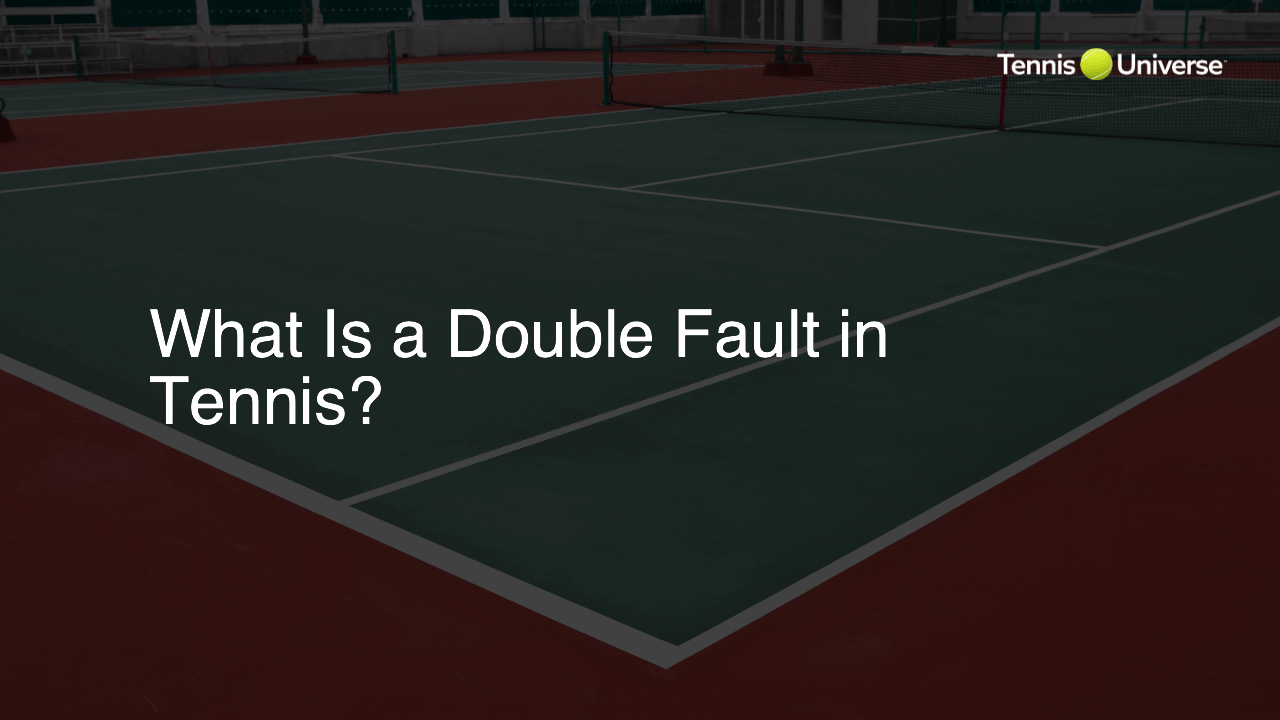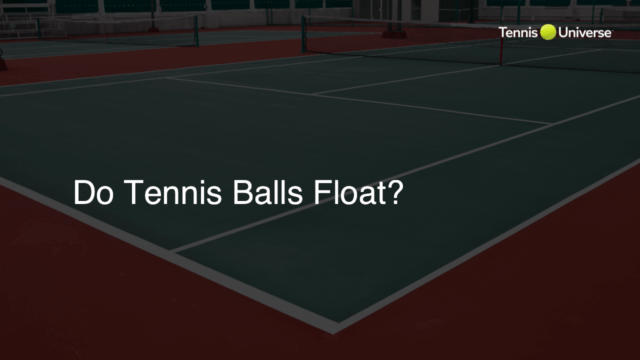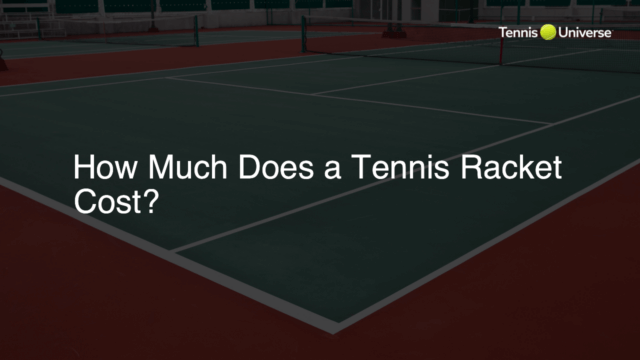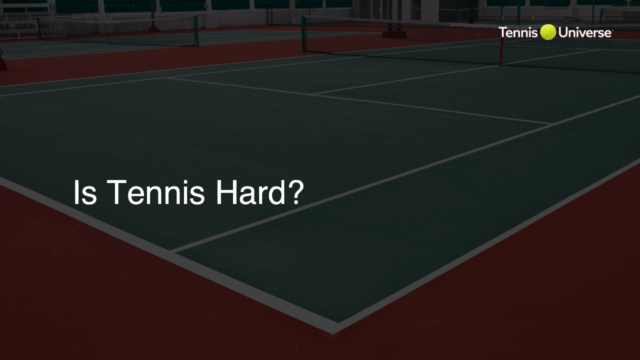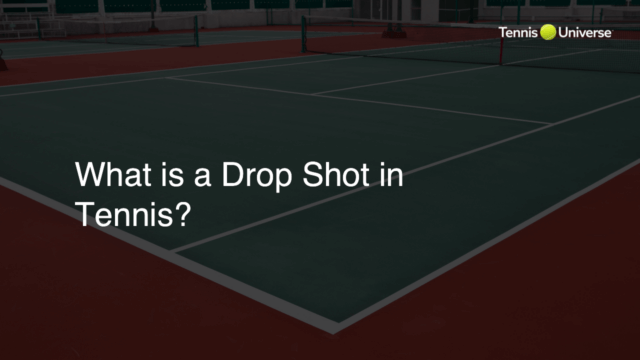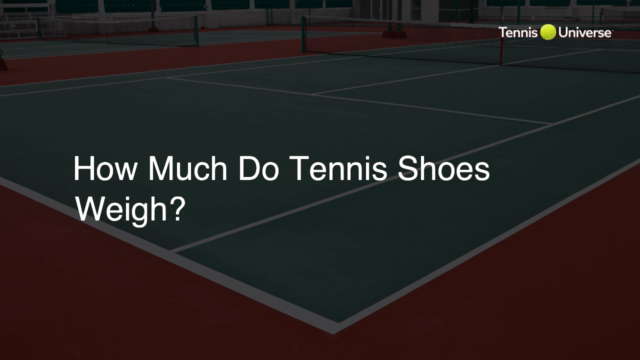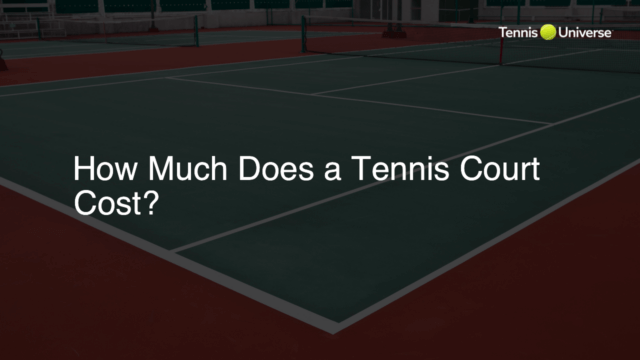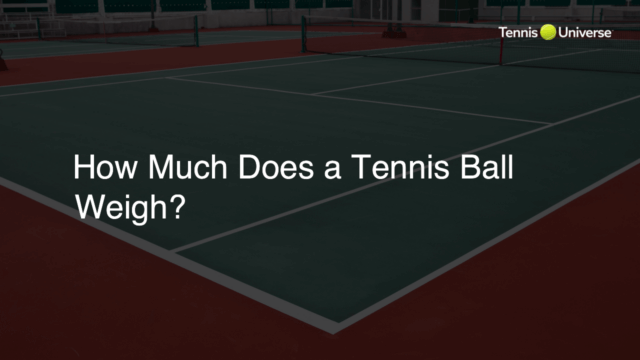A double fault in tennis is when a server fails to deliver a legally playable serve on both their first and second serve attempts during a single point, resulting in their opponent being awarded the point.
Understanding a Double Fault
A double fault in tennis occurs when a player fails to deliver a legally playable serve on both their first and second serve attempts during a single point. This results in their opponent being awarded the point automatically.
First Serve Fault
When taking the first serve in a point, the server must deliver the ball into the diagonally opposite service box. If the server misses the target box, hits the net, or commits a foot fault (stepping into the court before hitting the ball), it is considered a “fault.”
Second Serve Fault and Double Fault
After a fault on the first serve, the server gets another chance: the second serve. The second serve follows the same rules as the first serve. However, if the server fails to make a legal serve on the second attempt, it is called a “double fault,” and the opponent gets awarded the point.
Effects of Double Faults
Impact on Scoring
Adding a double fault to a server’s tally can have a significant impact on the match. It gives the opponent an “easy” point, potentially shifting momentum and affecting the mental state of both players, especially the server.
Role of the Tennis Racket
The tennis racket plays a crucial part in ensuring a successful serve. To avoid double faults, players must use proper form and grip, maintain consistent ball toss, and generate enough power and control with their racket. Selecting the right racket based on a player’s skill level, preference, and physical attributes can help minimize the risk of double faults.
Addressing Double Faults
Practicing Serve Technique
To minimize double faults, players should practice and refine their serve techniques. This includes developing a consistent ball toss, improving footwork, and learning various serve types.
Building Confidence on the Second Serve
One approach to reducing double faults is to develop confidence and consistency on the second serve. By practicing targets, spins, and varying pace, a player can establish a reliable second serve to avoid double faulting under pressure.
Common Causes of Double Faults
Double faults can stem from various factors, including lack of focus, poor technique, or excessive pressure during high-stakes moments in a match. Identifying the cause of double faults can help players make necessary adjustments and improve their serve performance.
Pressure and Anxiety
Anxiety and nerves often affect a player’s consistency and performance. In tight or crucial situations, players might feel compelled to “go for more” on their serves or rush their serving motion, leading to an increased risk of double faults.
Dealing with Windy Conditions
Wind can be a significant factor in the occurrence of double faults, as it affects the ball toss and the flight of the ball. Adjusting the ball toss and mastering a low toss can help mitigate the adverse effects of wind.
Helpful Tennis Tips for Reducing Double Faults
The following tennis tips can help players alleviate the occurrence of double faults and improve their serve:
Mental Training
Incorporating mental training exercises into a practice routine helps players manage anxiety and remain focused during high-pressure situations. Visualization, deep breathing, and positive self-talk are useful mental techniques to explore.
Developing a Pre-Serve Routine
Establishing a consistent pre-serve routine allows players to maintain a sense of rhythm and composure before each serve. This routine may include specific ball bounces, adjusting the strings, or taking a deep breath before the serve.
Adjusting Ball Toss
Fine-tuning the ball toss is one way to improve serve consistency. Avoid tossing the ball too high or forward as this can lead to a less reliable serve. Experimenting with different toss positions can yield more consistent, accurate serves.
Using Recovery Strategies
After committing a double fault, it’s essential to maintain composure and bounce back quickly. Players can use recovery strategies such as taking a few deep breaths, shaking off frustration, or refocusing on the present point to regain mental and emotional stability.
Monitoring Grip Tension
Clearing double faults involves ensuring the right grip tension when serving. Too tight and players risk losing control, whereas too loose and they may not generate sufficient power. Maintaining a relaxed yet firm grip on the racket allows for the right balance of control and power.
FAQ Section
In this section, we address some common questions related to double faults in tennis. Get insights into serve strategies and other essential aspects to help minimize the occurrence of double faults.
What makes a serve legal in tennis?
A legal serve in tennis is when the server hits the ball from behind the baseline, within the boundaries of the center mark and sideline, and lands it in the diagonally opposite service box without touching the net or committing a foot fault.
How can I improve my second serve consistency?
To improve second serve consistency, focus on developing a solid technique by practicing various spins, targeting different areas of the service box, and mastering a higher ball toss to generate more control and safety margin on your serves.
What role does mental preparation play in reducing double faults?
Mental preparation helps players stay composed and focused during high-pressure situations, improving serve accuracy and consistency. Practicing visualization, breathing techniques, and positive self-talk enables better mental management and minimizes double fault risks.
How important is the ball toss when serving?
The ball toss is crucial for consistency and accuracy when serving. A well-controlled toss allows the server to maintain balance, time their swing correctly, and hit with desired power and spin. Experimenting with different toss positions can lead to improved serve efficiency.
What are some recovery strategies after committing a double fault?
Recovery strategies after a double fault include taking a few deep breaths, shaking off frustration, refocusing on the present point, and maintaining a positive mindset. These techniques help regain mental and emotional stability, enabling players to bounce back quickly.

